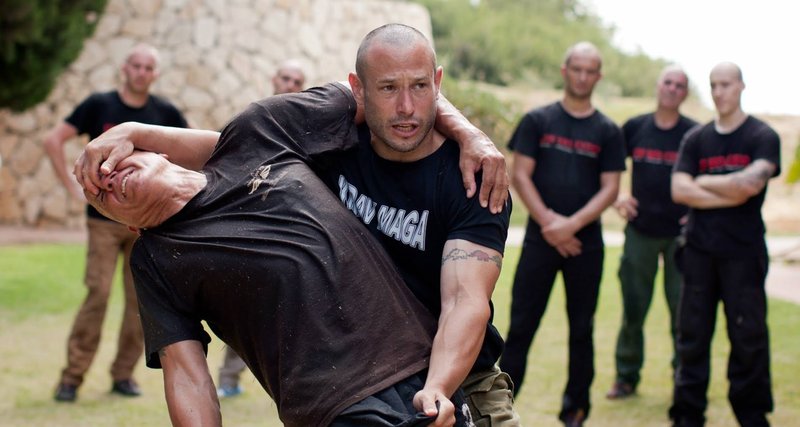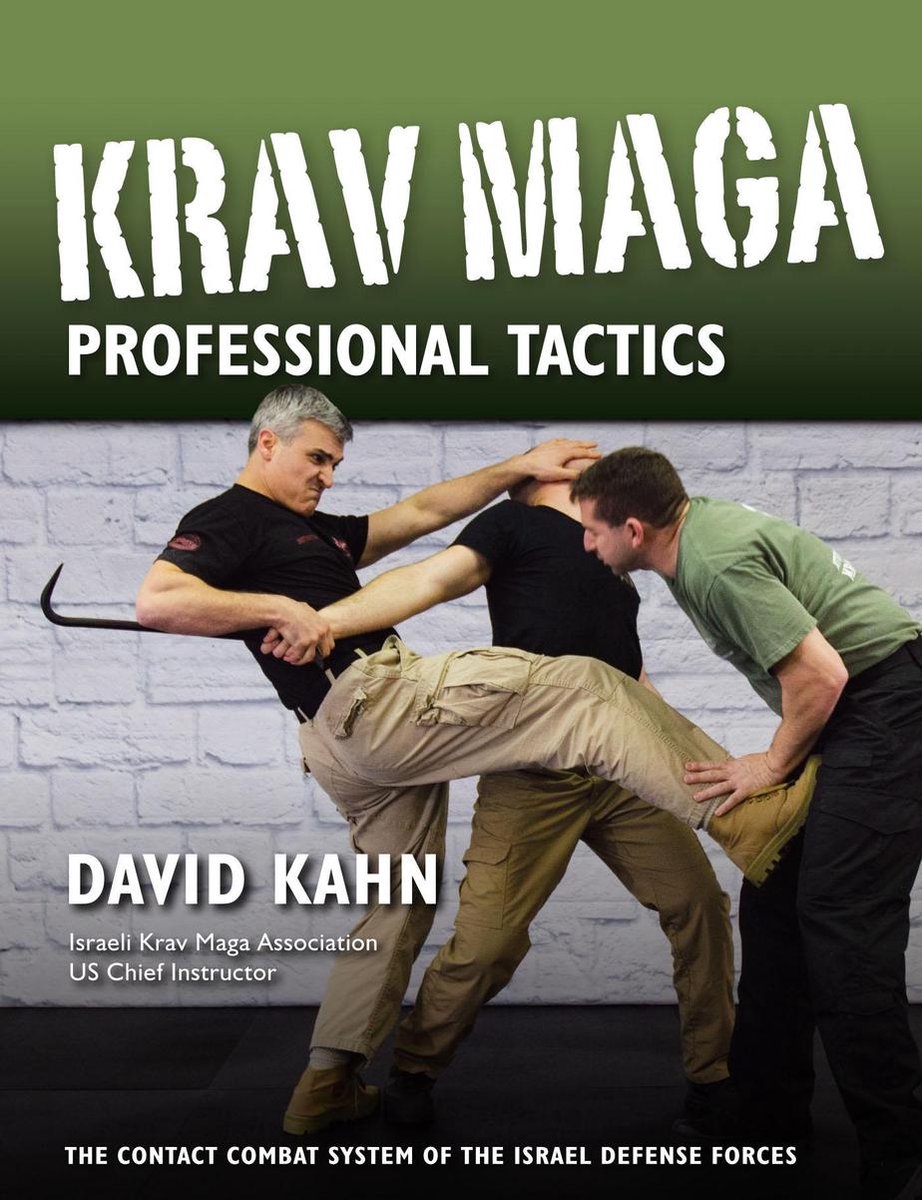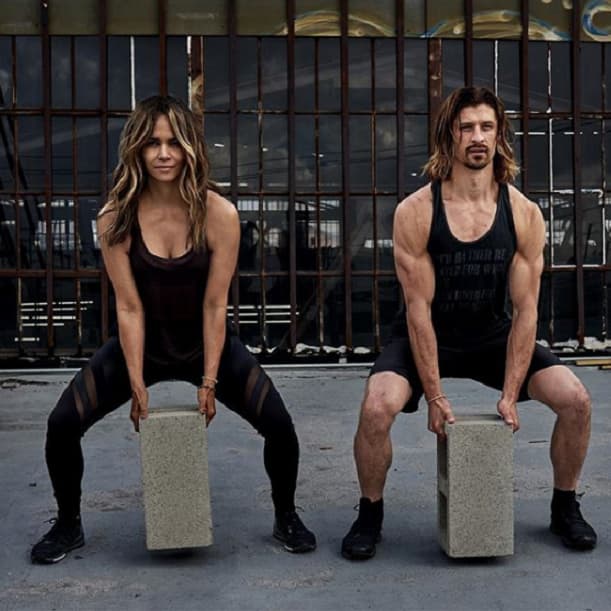
Before you buy a new combat knife, it is important to determine which type you prefer. The four main types are Bowie knives, Tanto blades, Drop point blades, and Ballistic knives. To help you choose the right one, learn about their advantages and disadvantages. These are just a few examples. For help in choosing the right one, check out our buying guides. Here are a few things to keep in mind when purchasing a new combat knife.
Bowie knife
The large sheath knives that were once popular among military savages are called "bowies". Many Bowie knives featured a distinctive upper guard that bent forward at an angle, called an "S-guard." This design was intended to catch the opponent's blade and protect the owner's hand while parrying or corps-a-corps. The bowie knives were issued by the United States Army to helicopter pilots during the Vietnam War. They could be used to break through the acrylic glass canopy on downed aircraft.
It is crucial that the handle material is durable. This will determine how comfortable the knife is to grip. Choosing a durable material like G-10 or micarta is a great idea, as these materials are hardy and provide good friction for gripping, even when wet. A bowie blade should also be strong enough to withstand harsh outdoor conditions. It can be used as a hunting knife or a campsite knife depending on the purpose.

Tanto blade
The tanto blade is perhaps the most versatile of all combat knife types, with its flat grind and high point. Tanto blades can be used to pierce and stave tough materials. The point is particularly strong because it is surrounded by a thick layer of metal near its tip. The tanto is more resilient than other knives, which can be broken by repeated piercing. Here are some uses for the tanto blade.
The Western tanto knife is known for its razor-sharp tips and thin, high impact design. This allows an enemy combatant to sneak up on you and inflicts rapid, low-friction damage. It is also ideal for survival and setting up camp, and is the most popular type of tanto blade. It is ideal for self-defense in close quarters combat.
Drop point blade
Drop point knives are a specific type of combat knife. It is an excellent choice to cut and thrust because its point is sharp and distinct. The blade's spine is relatively thick and flat, giving it added strength. These knives are highly durable and therefore a popular choice in combat situations. Drop point knives like the ESEE knives are among the most popular. ESEE produces a number of models of drop point knives in both large and small sizes.
Drop Point is a hunting knife that features a precise tip. It's ideal for skinning small animals. Drop Point blades reduce the chance of injuring internal organs. This knife style is also ideal for daily life tasks due to its long, rocking cutting edges. But it isn't the best choice for every situation. If you have a small EDC knife that you use every day, a clip point is the right choice.

Ballistic knife
While a combat bladed knife may appear similar to a regular weapon, there are some important differences. Ballistic knives have a bladed projectile which can penetrate solid targets. A spring-powered weapon can reach up to five meters. Some types of ballistic knives use compressed air or gas to propel the blade. Another option is to use explosive knife propulsion.
The type of blade is another important distinction between combat knives. A straight-edged combat knife is better for combat. A popular combat knife is a Tanto with a hard, structured point. This knife can easily penetrate lower level body armor. The difference between life or death can be made by choosing the right knife. Here are some things to look out for when buying a knife. Also, make sure to check for safety features such as a sheath and lanyard.
FAQ
How long does it usually take to recharge a stungun?
This will vary depending upon the type of battery.
For example, AAA batteries can take as long as 8 hours to charge, while AA batteries can take just 2 hours.
Do you need to be licensed to possess a stungun?
Some states require that you show proof of training before you can get a stungun.
Some states require stun guns to be registered with the police.
Other states require that you notify law enforcement authorities whenever you move.
How much does a stun gun cost?
A stun gun's price can vary depending on its model.
Two batteries are standard on most models. The batteries last around three months.
What are the benefits of martial arts training?
Martial arts training can help you acquire skills that you can use in all situations. They will make you stronger and faster. They also teach you how to handle different types of attacks.
They will increase your self-confidence. When you feel safe, you tend to be more relaxed and less stressed.
They can also be beneficial for your health. Regular exercise has been shown to improve your physical health.
Statistics
- Boxers aren't allowed to fight in a clinch, which is a position that occurs in 80% of the streetfights. (mmaclan.com)
- Kung Fu alone has 400 unique martial art styles – and whilst you likely won't be able to find a school for each form, many other martial arts are completely different altogether. (budodragon.com)
- Some people walk into a gym thinking they are going to become the best by training whenever they like and not putting 100% effort in. (budodragon.com)
- In a January 2018 survey of 1,000 women nationwide, 81 percent reported experiencing some form of sexual harassment, assault, or both in their lifetime. (healthline.com)
External Links
How To
How to use Kubotans in self-defense
Kubotan is small sticks used as weapons by Okinawan martial arts masters. They were originally made of bamboo, but have been replaced with metal or plastic.
They usually measure around 5cm lengthwise and 2cm widthwise.
The Kubotan is designed for striking at an opponent's eyes and nose. It can also strike other body parts such elbows, knees, and wrists.
Women often use Kubotan because they are easy to carry, lightweight, and can easily be concealed when not needed.
It is important to know the exact spot where you should place the Kubotan stick in order to make it work.
You must also practice with the Kubotan before going out to accurately hit the right spots.
The following steps show you how to use a Kubotan in self-defense:
-
Face the attacker
-
Hold the Kubotan securely between your thumb and index fingers.
-
The Kubotan is held above your head by the arm.
-
Swivel the Kubotan down towards the attacker's head.
-
You can strike the attacker in the nose, eye, and mouth.
-
As the Kubotan hits the target, you should see its impact.
-
Continue swinging the Kubotan until you hear a "thwack" sound.
-
Reduce the Kubotan, and then step back.
-
Repeat Steps 1-7 if you wish to keep fighting.